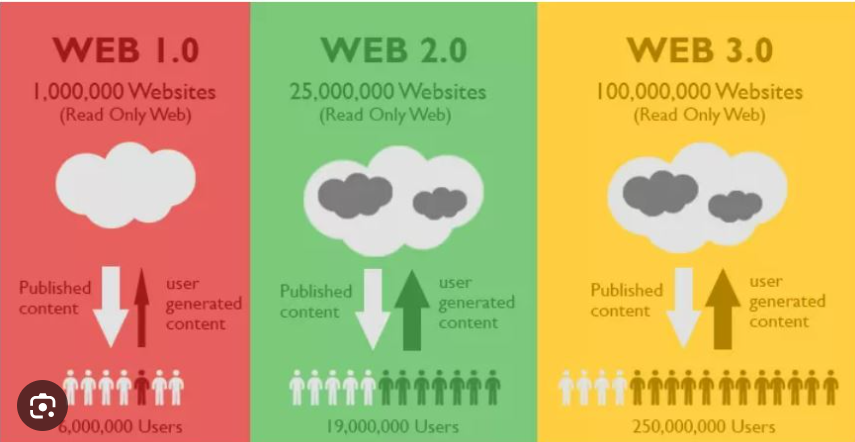
Navigating the Transition from Web 2.0 to Web 3.0
Embracing the Evolution
In the ever-evolving landscape of the internet, the journey from Web 2.0 to Web 3.0 signifies a profound shift in how we interact with technology, data, and each other. This transition brings forth not only technological advancements but also a reimagining of the applications and platforms we use daily. Let’s embark on a journey through this transformative evolution, exploring the shift from familiar Web 2.0 platforms to their innovative Web 3.0 counterparts.
One of the most noticeable transitions is in the realm of web browsers.
While Chrome has long been a staple for internet browsing, the emergence of Brave represents a paradigm shift. Brave not only offers a browsing experience focused on privacy and security but also integrates blockchain technology, empowering users to have more control over their data and rewarding content creators directly.
Similarly, the domain industry has witnessed a significant evolution with the rise of the Ethereum Name Service (ENS) as an alternative to traditional domain providers like GoDaddy. ENS leverages blockchain to decentralize domain ownership, providing greater security and autonomy to users.
In the realm of digital media, Spotify’s dominance is being challenged by Audius, a decentralized music-sharing platform built on blockchain technology. Audius not only offers a vast library of music but also ensures fair compensation for artists through transparent and immutable smart contracts.
Video sharing has also seen a shift towards decentralization with platforms like Odysee emerging as alternatives to YouTube. Odysee provides creators with more control over their content and rewards them directly through cryptocurrency incentives.
The concept of cloud storage has been redefined with the advent of Filecoin, a decentralized storage network challenging the centralized model of services like Dropbox. Filecoin utilizes blockchain technology to create a secure and efficient marketplace for storing and retrieving data.
Moreover, the way creators monetize their content is undergoing a revolution. Platforms like Patreon are being challenged by Fantom, which leverages blockchain to offer a more transparent and efficient way for creators to connect with their supporters.
Messaging platforms are also embracing decentralization, with projects like WhatsApp Status exploring blockchain integration to enhance privacy and security.
Social media platforms are not immune to this shift, with Facebook facing competition from Steemit, a decentralized social media platform rewarding users for their contributions.
Even search engines are not spared from the wave of decentralization, as alternatives like Presearch aim to provide users with more privacy and control over their search queries compared to traditional giants like Google.
Lastly, financial transactions are being transformed with the rise of cryptocurrencies and blockchain wallets like MetaMask, offering users a more secure and versatile alternative to platforms like PayPal.
As we traverse this evolutionary journey from Web 2.0 to Web 3.0, it’s evident that decentralization, transparency, and user empowerment lie at the heart of this transformation. Embracing these changes not only fosters innovation but also redefines the way we interact with technology, paving the way for a more inclusive and equitable digital future.
